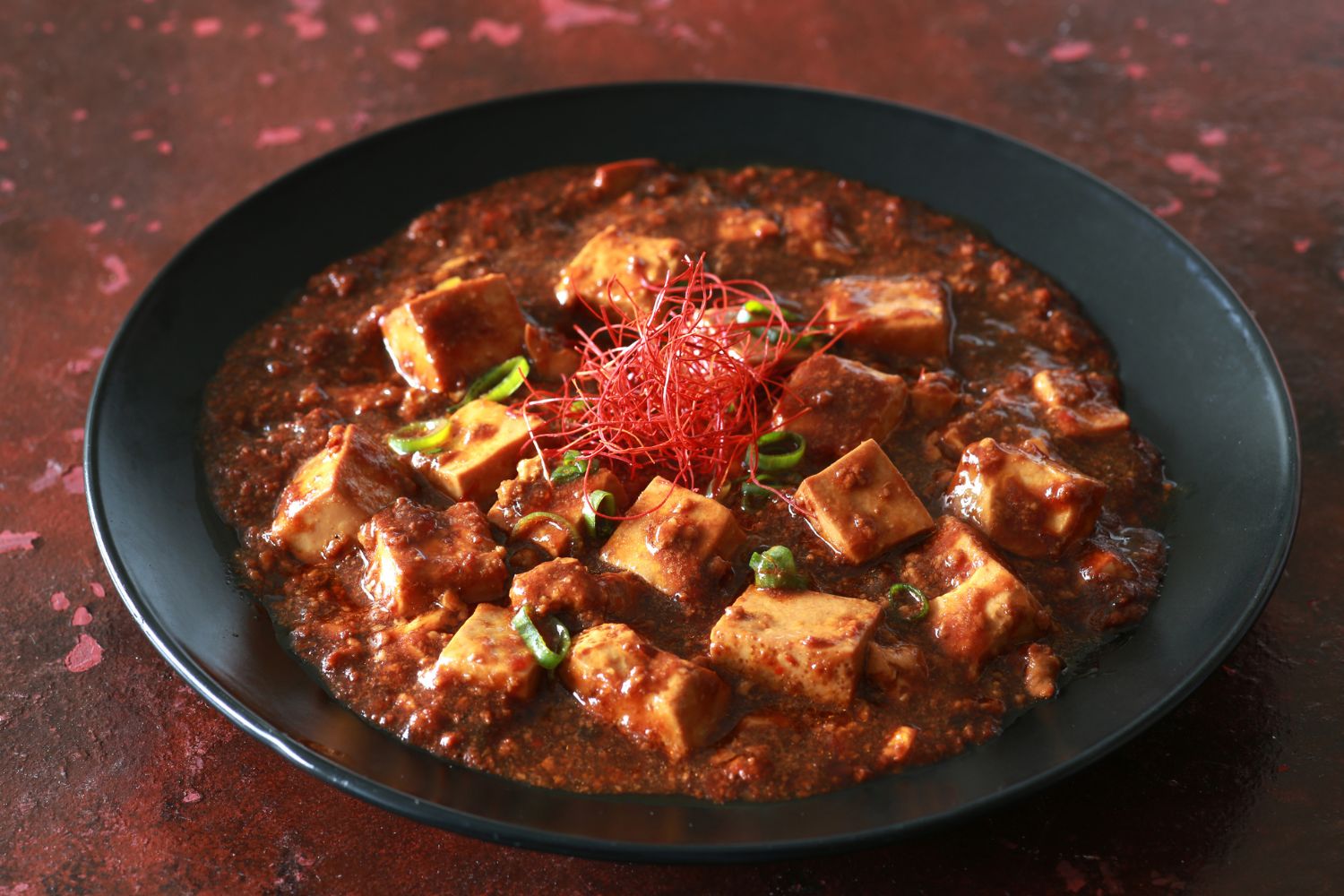Prices like £5 in London or $7 in New York for a cup of coffee might sound extreme, but they could soon become the norm. A combination of economic and environmental factors is putting pressure on global coffee production, and that means higher prices for your daily caffeine hit.
According to analyst Judy Ganes, the cost of unroasted coffee beans has reached record highs. What’s behind this surge? A mix of troubled crops, market demand, dwindling stockpiles—and surprisingly, the world’s smelliest fruit.
It started in 2021 when a freak frost wiped out coffee crops in Brazil, the largest producer of Arabica beans, commonly used for barista-made coffee. The shortage forced buyers to turn to Vietnam, a top producer of Robusta beans, which are often used in instant coffee. But then, Vietnam faced its worst drought in nearly a decade, further complicating the supply chain.
As if that wasn’t enough, Vietnamese farmers began shifting their focus to durian, a yellow, strong-smelling fruit that’s banned on public transport in several countries. Durian is in high demand in China, and it’s proving to be much more profitable than coffee. Some farmers are finding they can earn five times more by growing durian instead of coffee. With this shift, Robusta exports dropped by 50% in June 2024, leaving coffee stocks critically low.
Other coffee producers like Colombia, Ethiopia, and Uganda have tried to fill the gap, but it hasn’t been enough to ease the market tension. Both Robusta and Arabica beans are now trading at near-record highs. This perfect storm is already causing concerns about coffee prices.
Paul Armstrong, who imports beans from South America and Asia for Carrara Coffee Roasters, says coffee lovers might soon be paying over £5 for a cup. He’s already increased prices to offset rising costs, but the situation keeps worsening. Cafés may soon have no choice but to pass these higher prices on to customers.
Not all coffee will be equally affected. Instant coffee and supermarket brands are likely to see the biggest price hikes. However, experts warn that the current spike in market prices doesn’t always mean retail prices will rise at the same rate. According to Allegra Strategies, the cost of coffee beans makes up less than 10% of the price you pay at a café.
Some suggest this might even close the gap between regular coffee and higher-quality, specialty brews. If you’re already splurging on premium coffee, the difference in price between regular and specialty drinks might feel smaller than before.
Looking ahead, all eyes are on Brazil’s upcoming coffee crop. If the rains come early, it could help stabilize the market. But if the weather doesn’t cooperate, we might see these high prices sticking around for a while.
Climate change continues to be a looming threat to the global coffee industry. A 2022 study predicted that even if we make significant efforts to reduce greenhouse gas emissions, the areas suitable for growing coffee could shrink by 50% by 2050. One potential solution is a “green premium”—a small tax on coffee that could help farmers adopt more sustainable practices.
For now, it seems a combination of weather, market shifts, and even the lure of smelly fruit are driving coffee prices up. So, the next time you grab your favourite brew, be prepared—it might cost more than you’re used to.
ALSO READ: Saudi Arabian scientists discover four new coffee varieties














Thanks for sharing. I read many of your blog posts, cool, your blog is very good.